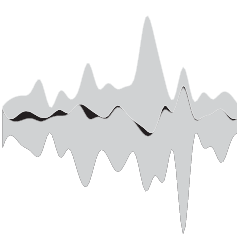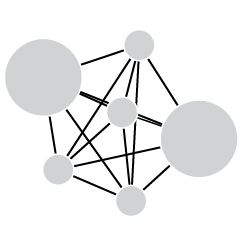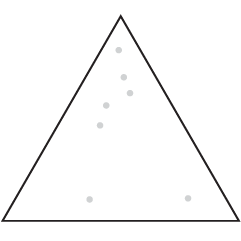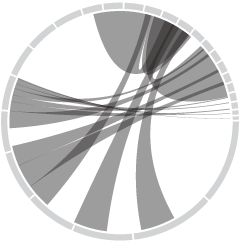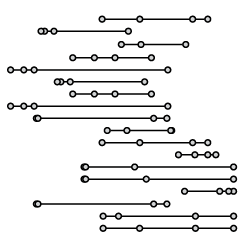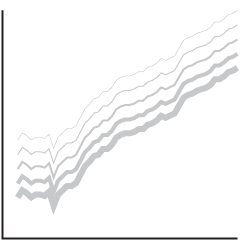 Your online visualization options are limited when you don’t know how to program. The Miso Project, a collaboration between The Guardian and Bocoup, is an effort to lighten the barrier to entry.
Your online visualization options are limited when you don’t know how to program. The Miso Project, a collaboration between The Guardian and Bocoup, is an effort to lighten the barrier to entry.
While the goal is to build a toolkit that makes visualization easier and faster, the first release of the project is Dataset, a JavaScript library to setup the foundation of any good data graphic. If you’ve ever worked with data on the Web, you know there are a variety of (usually painful) steps you have to go through before you actually get to fun stuff. Dataset will help you with the data transformation and and management grunt work.
One of the most common patterns we’ve found while building JavaScript-based interactive content is the need to handle a variety of data sources such as JSON files, CSVs, remote APIs and Google Spreadsheets. Dataset simplifies this part of the process by providing a set of powerful tools to import those sources and work with the data. Once data is in a Dataset, it becomes simple to select, group, and calculate properties of, the data. Additionally, Dataset makes it easy to work with real-time and changing data, which pose one of the more complex challenges to data visualization work.
Gonna keep an eye on this one. I’m curious to see how the visualization component starts to build out.



 It was bound to happen at some point. Doctor and statistician Hans Rosling, best known for his sword-swallowing TED talk, among plenty of
It was bound to happen at some point. Doctor and statistician Hans Rosling, best known for his sword-swallowing TED talk, among plenty of 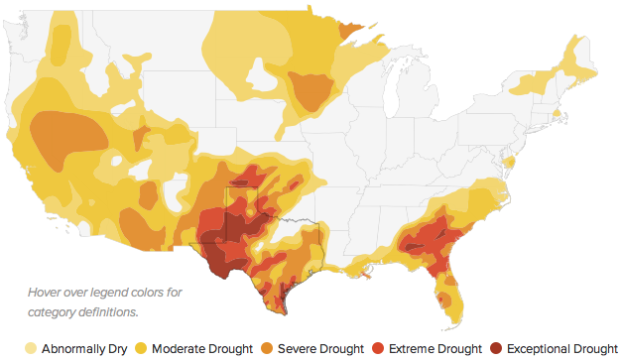
 Visualize This: The FlowingData Guide to Design, Visualization, and Statistics (2nd Edition)
Visualize This: The FlowingData Guide to Design, Visualization, and Statistics (2nd Edition)
